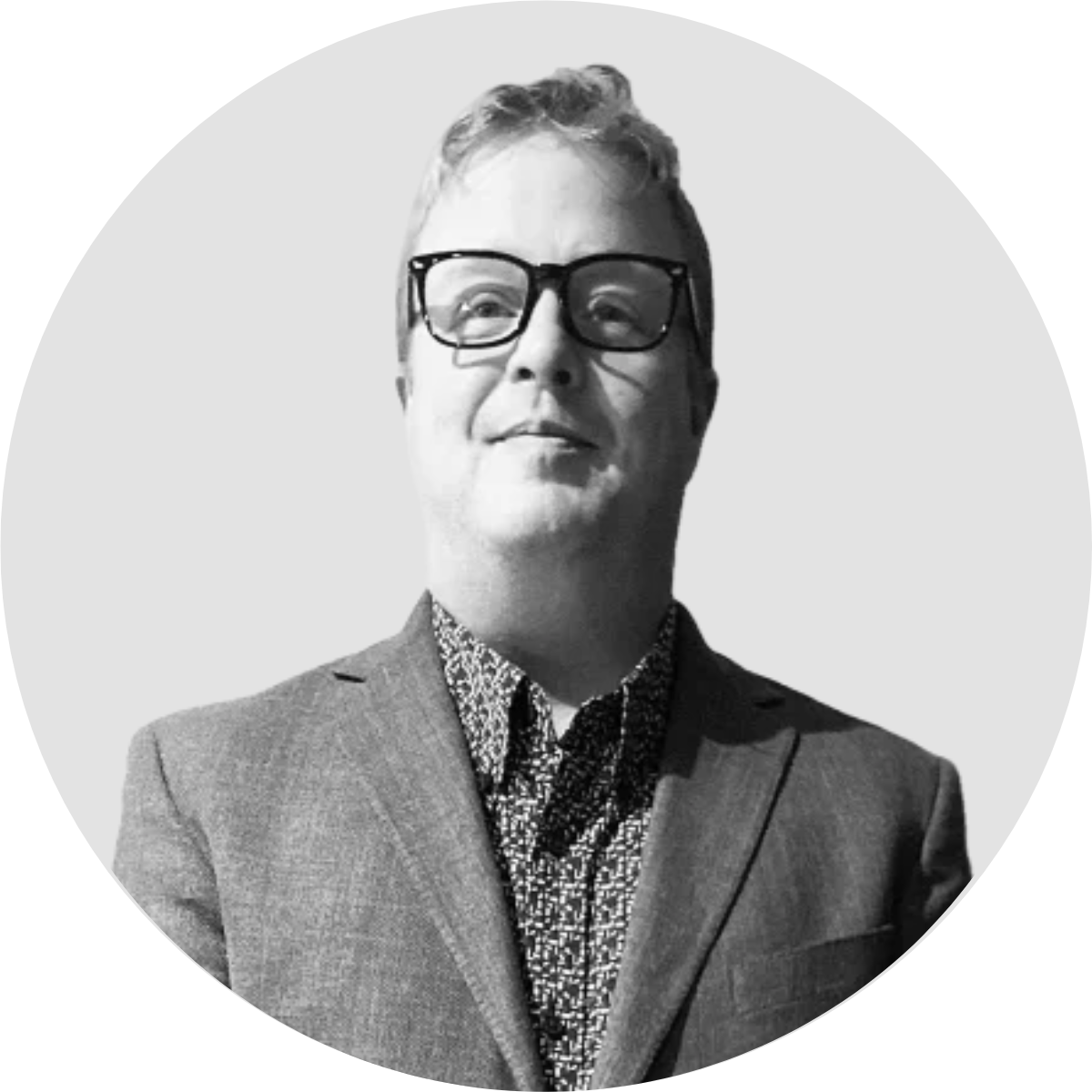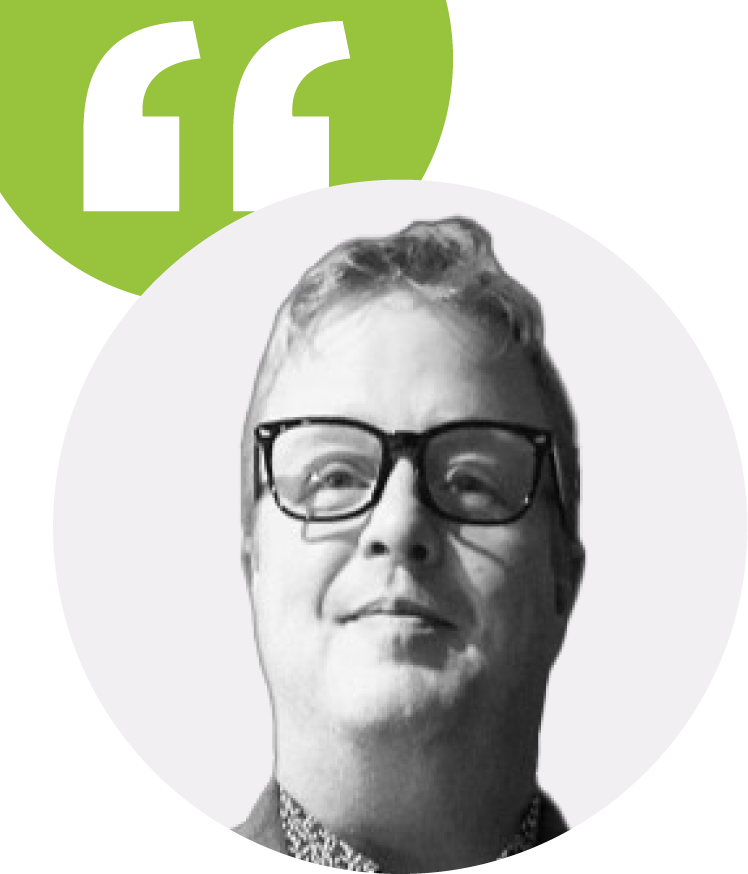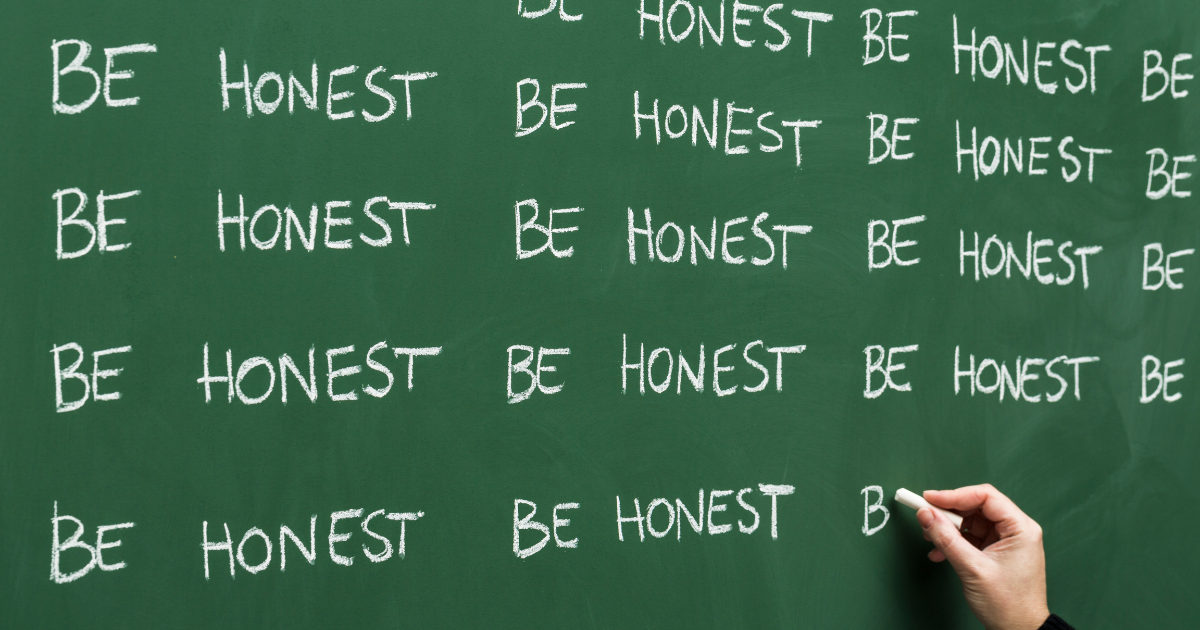
Read time: 6 mins
The Outlook calendar alert flashes on my screen, it’s now fifteen minutes before showtime. In a few minutes I will be speaking with a client whose project is sliding its way toward a cliff.
Key Takeaways:
- Radical honesty transforms client crises into opportunities for trust and collaboration.
- Clients can handle bad news, but they can’t handle being blindsided; clarity builds confidence faster than reassurance.
- Preparation and composure before a tough client call set the tone for how the conversation unfolds.
- Transparency, accountability, and calm leadership turn high-pressure moments into long-term partnerships.
Months of planning, the hours and weeks of careful execution, and a budget with LOTS of zeroes. Our team has spent the past hour putting together dispositions and notes and aligning our messaging for the looming call. The next ninety or two hundred seconds of conversation will decide whether we recover together or unravel completely.
I have been in market research long enough to know that no amount of preparation can prevent every crisis. What matters is not the absence of problems but the way you handle them when they arrive. Over the years I have faced situations that still make my heart race, and my stomach turn when I remember them. Each time the path to survival was the same. Radical honesty delivered with composure and respect.
The Teams screen says Someone will let you in soon. The client is already waiting on the other side of that line, and my own team fills the small gallery of tiles on my monitor, each of us sitting quietly in different rooms with cameras on and mics muted. This is the narrow stretch where preparation meets reality.
We have spent the last hour stripping the situation to its essentials. Every number has been challenged and confirmed. Timelines are recalculated until there is nothing left to adjust. We know which gaps we can acknowledge, and which questions will require a firm promise to confirm later. Just before I let the client team in from the lobby, I ask once more if there is any piece of information that cannot withstand a direct question.
I take a slow breath and focus on the tone I will bring into the call. Clients can pick up energy before they process words, especially if we’re on with a moderator who can get into our heads within the first few seconds. If we enter sounding hurried, nervous, or unprepared, they will sense panic before I share a single fact. My job is to carry clarity and calm into the room, to lay out the unvarnished truth, and to create enough trust that we can solve the problem together. In these moments reputation is secondary. What matters is protecting the project and the relationship by delivering the clearest possible reality.

Jay Thordarson
VP, Research Services
The Logit Group
“I didn’t sugarcoat the situation because there was no way to fix it quietly. I explained exactly what had happened and laid out the options we could pursue.”
A few years ago, a healthcare client emailed me in a panic. Her message started with, “Please tell me this isn’t as bad as it looks.” Their daily recruitment dashboard had dropped to zero overnight, and she had senior management asking what went wrong. Before I could finish typing my reply, my phone rang. She wasn’t ready to wait for an email.
We were in the middle of a high-profile rare disease study when the main patient support person we had been working with went on sudden medical leave. She was the key link to the referral network that generated nearly every patient and caregiver lead. Without her, everything stopped, including my heart a couple of times while trying to figure out what to do next. The client had daily updates going to their global VP team, and I could already picture the storm that was about to hit.
I didn’t sugarcoat the situation because there was no way to fix it quietly. I explained exactly what had happened and laid out the options we could pursue. I asked if their internal PSP program could help bridge the gap by reaching out to their own patient community. There was a pause on the line, then she said, “Let me see what I can do.” Within twenty-four hours, their PSP team connected us with a group of healthcare professionals who treated and managed the exact patients we needed. The relief in that moment was real, and what began as a crisis quickly became a shared problem we were solving together.
Over the next few days, the new referrals started coming in, and by the end of the first week recruitment was back on track. When we checked in that Friday, she laughed and said, “I can finally give my VP some good news.” It wasn’t easy, but it reinforced something I’ve learned over the years. Clarity builds confidence faster than reassurance ever will.
Before any tough client call, I take a few minutes with the team. Not to rehearse, but to make sure we’re all grounded in what’s real. It’s the moment where everyone’s reading the room, not just the notes. We talk through what we know for sure, what’s still in motion, and what needs to be confirmed before we speak. I usually ask, “If the client asks this, are we solid on the answer?” If someone hesitates, that’s our signal to fix it before the meeting starts.
Everyone feels the pressure differently, and a short check-in helps align the tone before we walk into the conversation. I always remind the team that our energy sets the temperature in the room. If we show up calm, the client will match that. If we show up anxious or defensive, it spreads fast.
It’s okay to admit when something isn’t ready. Saying, “We’re verifying that now and will confirm by noon,” builds far more trust than guessing or spinning. Clients can handle uncertainty. What they can’t handle is confusion. Consistency isn’t about having all the answers. It’s about showing up steady when the answers are still forming.
Even after more than twenty years in this business, that moment right before the call still gets me. The screen goes quiet, the waiting room spins, my stomach tightens, and for a few seconds every possible outcome flashes through my mind. That’s the part nobody talks about, the heartbeat before the camera turns on.
I’ve learned to manage it by slowing my breathing and focusing on just the first line I’m going to say. Once I start talking, everything steadies. Preparation takes over. The nerves don’t disappear, but they turn into focus.
Humor helps too, but only when it’s real and when you know your audience. Humor doesn’t erase the issue, and it never replaces accountability. It just reminds everyone that we’re people trying to fix something together. For a few minutes, humor makes the weight of the moment easier to carry for everyone involved.
Why Radical Honesty Matters
Clients can handle bad news but what they WON’T tolerate is being blindsided. The fastest way to lose trust is to stall, soften, or spin things in a way that places blame on someone or a recent statutory holiday being the cause. They expect straight talk, especially when things go wrong. If you can’t give them that, they’ll move on fast and they’ll remember why. And that same client could move over one day to another client you work with, and down the rabbit hole you go.
Telling the truth early gives clients a seat at the table when it matters most. It turns tension into teamwork and problems into decisions. That’s how real partnerships are built, and how they continue to grow through moments when honesty and collaboration keep everyone grounded and human. Data, tools, and timelines can always be replaced. Trust cannot, and once it’s lost, most clients don’t give second chances. Radical honesty is what earns that trust and keeps it. It’s the difference between running a project and leading one, and it’s the reason people remember who stood beside them when things got hard.
When everything is falling apart, that’s the moment clients decide who you really are.
Make sure they remember you for the right reason; the team who showed up, the team who told the truth, and team helped them find a way through.
What’s Ahead
In my next piece, I’ll share a very different kind of client story. One that didn’t begin with a crisis but still kept us on our toes.
Halfway through the project, our team had to pivot so fast it felt like changing the tires while the car was still moving. What started as a routine study turned into something much bigger; a moment that reminded all of us why creative thinking and trust really do go hand in hand.
It proved something simple but unforgettable. When the foundation is built on trust, you can take sharp turns at full speed and still cross the finish line together.

About The Author
Jay Thordarson
VP, Research Services
Jay is an accomplished market research professional with extensive experience in global qualitative and face-to-face research.





